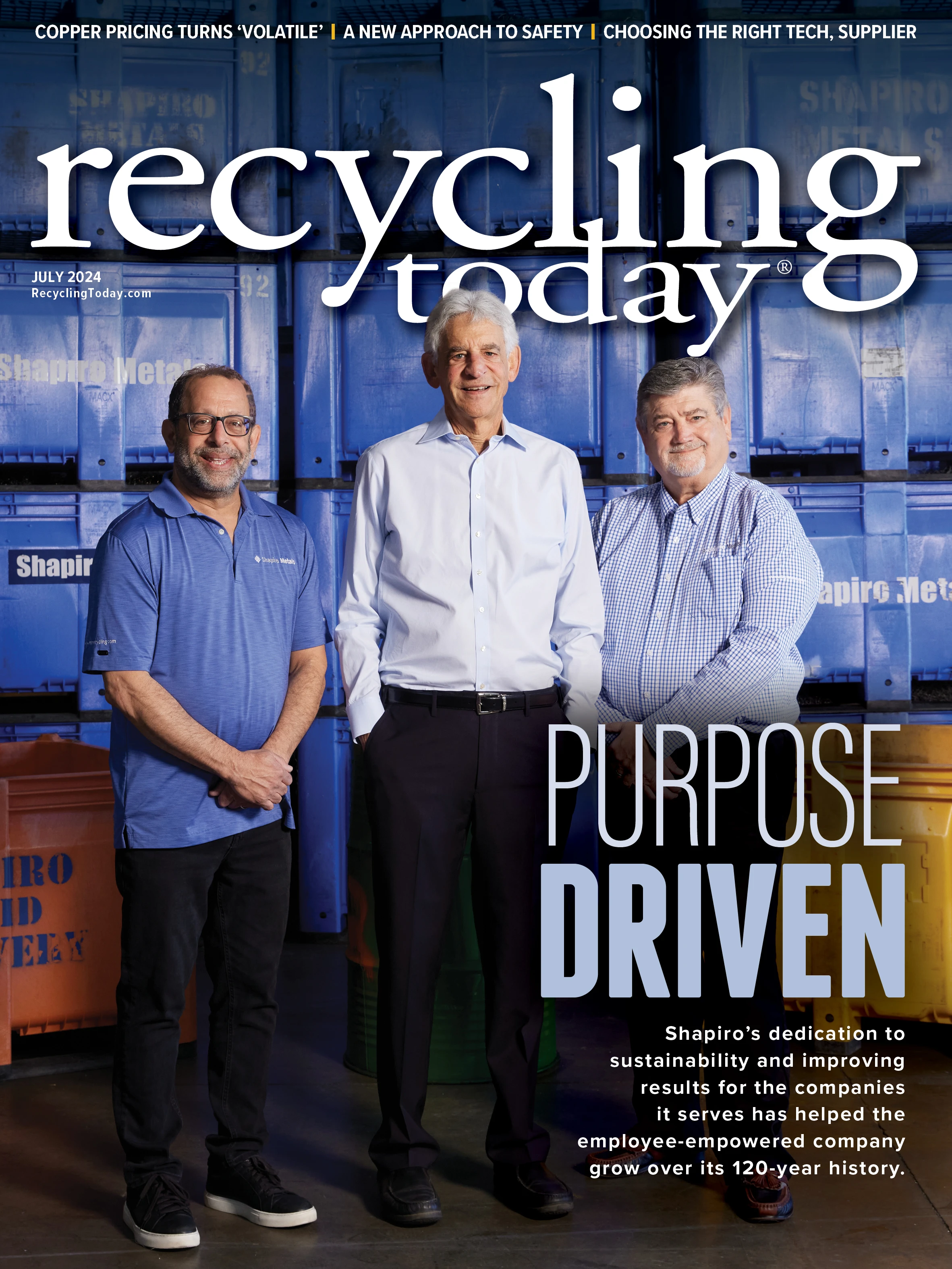
Bruce Shapiro, owner and CEO of this month’s cover story subject, St. Louis-based industrial recycling firm Shapiro, understands the important roles culture and employee engagement play in the overall health and vitality of his company. (For more on Shapiro’s culture and employee engagement, click here.)
While these terms are frequently used, what truly makes a company’s culture effective and how do you successfully engage and empower employees?
According to management consulting company Gallup, culture is how an organization lives out its purpose and delivers on its promise to customers. “It is the special way you attract customers, retain them and turn them into brand advocates,” Gallup says. “It’s also the way you attract highly talented employees and turn them into brand ambassadors.”
But, Gallup says, company leaders can struggle to identify and leverage the functional aspects of culture to improve results and fulfill their company’s purpose.
Learning how to leverage these aspects has real benefits. Those who most align with their company’s culture perform higher on internal performance metrics than those who least align, according to Gallup, which says its research shows a direct link between employees’ understanding of their organization’s purpose and culture and measures of business health.
”When it comes to communicating an organization’s purpose, actions matter more than words.”
“Organizations gain momentum when their employees are aligned—moving in the same direction toward the same goal,” Gallup says. “This momentum allows them to deliver a seamless, differentiated customer experience while creating a compelling employee experience.”
When employees are aligned by a shared purpose, the organization has a single identity with a culture that provides direction for leaders, managers and employees, “clarifying how to prioritize their time, energy and resources.”
While Gallup says employee engagement and culture should not be confused as being the same thing, they heavily influence each other.
Employee engagement strategies should focus on meeting essential employee needs. “Employee engagement helps leaders and managers focus on the actions that matter most to their team members and aims to build team cultures that are poised for high performance,” Gallup says.
It refers to culture as a “pervasive force” that influences the way people work together, how decisions get made, which behaviors are rewarded and who gets promoted, and says that culture sets the tone for the workforce.
When it comes to communicating an organization’s purpose, actions matter more than words, according to Gallup. Is your company and its leaders walking the walk or is it just talking the talk?

Explore the July 2024 Issue
Check out more from this issue and find your next story to read.
Latest from Recycling Today
- CP Group announces new senior vice president
- APR publishes Design Guide in French
- AmSty recorded first sales of PolyRenew Styrene in 2024
- PRE says EU’s plastic recycling industry at a breaking point
- Call2Recycle Canada, Staples Professional expand partnership
- Circular Services breaks ground on north Texas MRF
- Tariff uncertainty results in choppy nonferrous scrap flows
- CATL, Ellen MacArthur Foundation establish battery partnership





